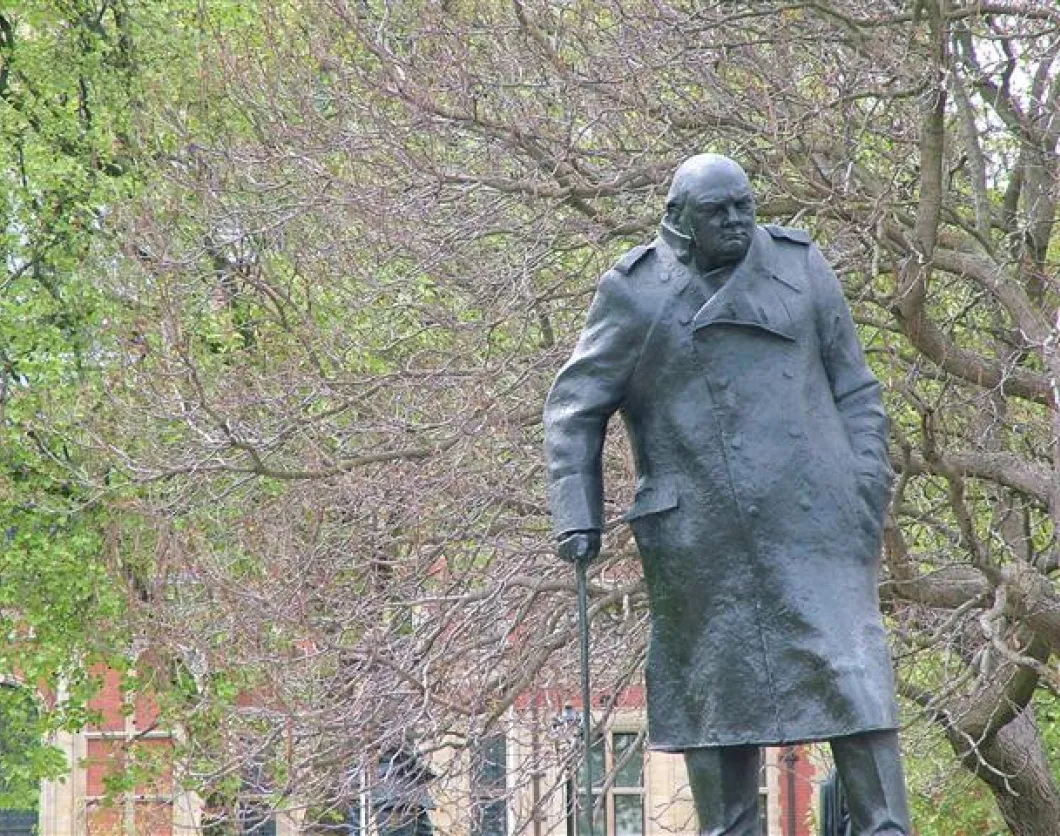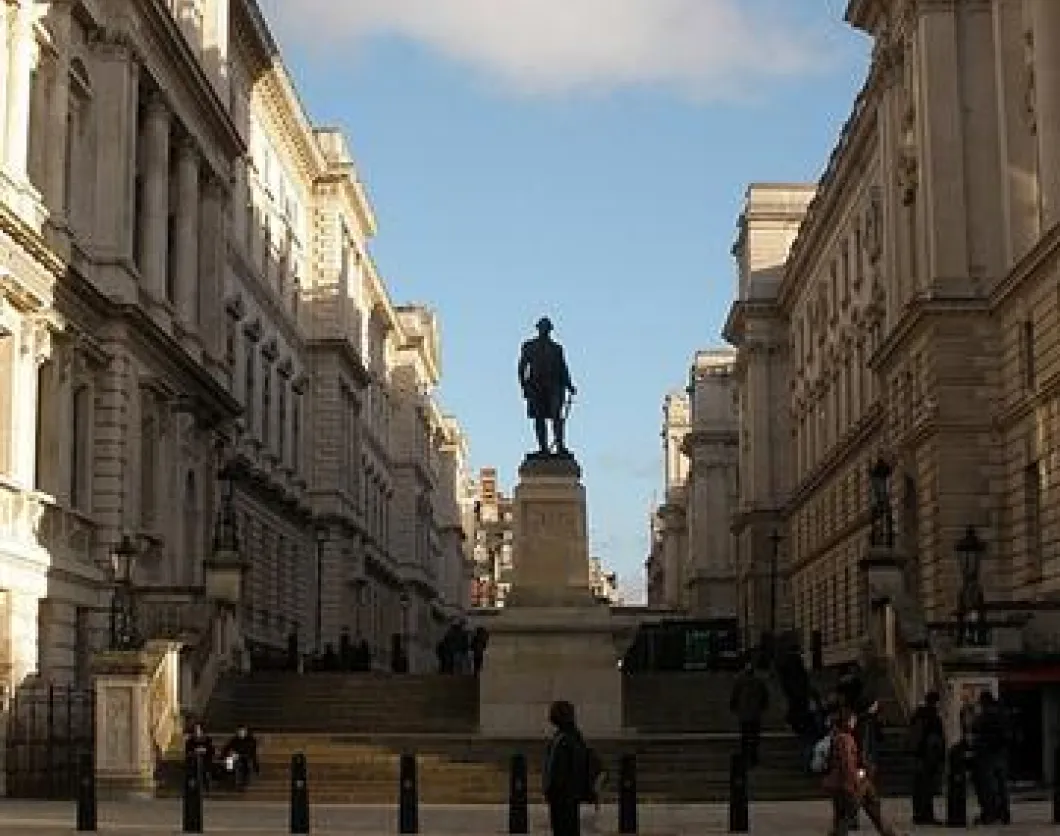The Cabinet War Rooms, the place of today’s Churchill Museum, were established in their subterranean location in 1938-39, initially to house military planners and their support staff but then, after several changes of mind, to house the War Cabinet. Housed in a roughly converted storage basement at the back of Whitehall, underneath one of the major edifices that grace the area – and would seem to be an easy target for aerial bombing! – they provided sheltered working and living accommodation for hundreds of civilians, civil servants and members of the armed forces, at all levels from just before war broke out in 1939 to the day after it finished in August 1945.
Their humble appearance, their shallow draft (they are only one floor below ground) and their poor facilities (no WCs, no bathing facilities, a problem for a Prime Minister like Winston Churchill with a bathing obsession) come as a shock, as do their very preservation and ready access to all comers. The site, which once was so secret that few outside the site’s complement were even aware of it, is now kept, in large part, just as it looked when last used in 1945.
The Cabinet Room, with its chairs, table coverings, lights and maps all positioned were they have always been, lacks only the fug of cigar and cigarette smoke and perhaps the stentorian Churchillian tones that would once have boomed out at the Chiefs of Staff ranged precariously in front of him. The Map Room is cluttered and crowded with all the impedimenta of the busy, round-the-clock operational monitoring scene it once had been: the wall maps, densely covered in pin holes marking the movements of shipping across the enemy submarine-infested oceans, the coloured direct-line telephones, the high tech apparatus that now looks so dated, all abandoned on the declaration of peace, all still sitting as if ready for use again.
When the site was opened to the public just over 25 years ago it was only one third of what it had grown into by 1941, but, in more recent times and to accommodate its ever growing audience (it now regularly welcomes over 300,000 visitors a year) it took over more space underground and, in 2005, opened the award-winning Churchill Museum. From the perfectly preserved historic scene, the visitor moves into a world of interactive technology and iconic objects, in this most engaging of modern museum displays. The feeling that one is walking the corridors in the footsteps of Churchill and the immersion in his life that the Churchill Museum provides is one of the most emotional and involving museum visits imaginable. It’s a secret that should be shared.
By Nicola Osmond-Evans









